I’ve always written about our gardens being seen as mini-wildlife reserves, eco systems we protect and observe rather than something we manage and control. It’s more fun, it creates a sanctuary better for our wellbeing and that of the little lives we give a home. Our little patches contributing to a greater movement to save life on our planet as it is rapidly being wiped out day-by-day, football field by football field.
Recently there has been a lot of outrage on social media (predominantly Twitter) about ornamental naturalistic plantings being labelled or sold as wildflowers, when they’re not. I really haven’t liked the anger and mob nature – as much as I understand and share the same principles – because, well, I just don’t like it and I think it pushes people away rather than educates. Rejects people for mistakes rather than says, it’s OK we all make and learn from them and can change. I was particularly sad to see people singled out, focussing on the ornamental and not appreciating the decades of vast research into plant habits and habitats they have made.
Worse, I have felt over the last year that many are so focussed on meadows (themselves not entirely natural spaces) that we’re losing sight of the most important thing: protecting and enlarging the little wild habitats we have left, those without any human management at all. Woodlands, scrublands, grasslands, wetlands… all the lands, including meadowlands. And of course seas and waterways. Removing human activity completely except to go and observe.
I even felt rejected and bad personally, which is absurd because I agreed. Spending my waking life admiring, protecting and encouraging wild flowers in our streets, my allotment and garden designs. As well as popping out to visit our native populations of wild flowers to admire, document and educate. What can I say, I don’t deal well with confrontation, I’d rather be looking at butterflies 😀

It was positive then to read well constructed blog posts and to chat to people about it all. Suddenly I understand that this is all about blurring: blurring of definitions and blurring of nature and ornamental plantings in an unhelpful way. I do agree that definitions should be clarified so that public are educated better and brought on our journey. This will be more helpful than berating them for doing something they thought was an act of good.
I hadn’t realised people were weed killing wild verges to plant them ornamentally, something I don’t feel is necessary given the beauty of natural verges:
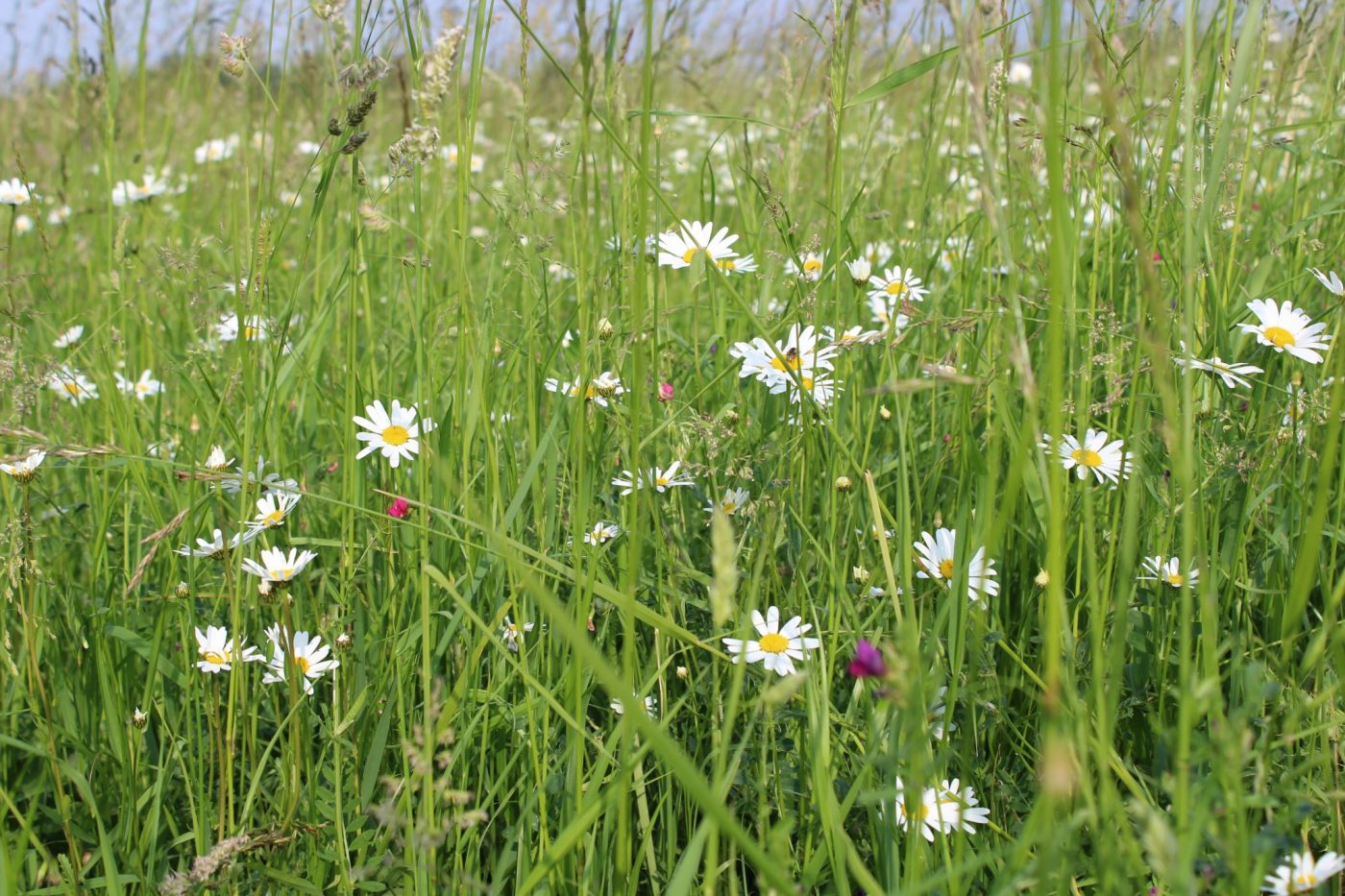

I have only ever seen ornamental meadows in gardens, parks or well contained concrete wastelands (city centres). Managed by gardeners who know how to contain them. Something I have to date (bear with me on this point) felt is a good compromise because the amount of land used is minimal in comparison to verges and wild habitat. The latter our most precious resource to protect.
For me, having been accompanied by the wildflower verges and woodland along the train tracks for seven years on my fifty mile commute to Brighton, I feel sad that other people can’t see the beauty of these spaces already. It all comes down to education, which tools like Instagram are helping with a lot. Highlighting the beauty of the life around us.
In terms of what I’ve been doing, I’ve been including wild flowers in my designs and bringing more and more into my own garden in amongst the ornamentals. On my allotment I weed but I leave so many weeds for insects there are more weeds than there are vegetables, and it’s fine.
But this is the personal conflict I have been struggling with: as a gardener and amateur botanist interested in plants from all over the world, where is the line? As is hopefully obvious from my blogs, photos and writing I personally do feel that we need to bring more native plants back into our lives, showing them more love and appreciation for their incredible beauty. But does this mean we should move to a world where we grow no ornamental non-natives at all?
I often day dream about my future and somewhere in that – if I’m lucky enough to live it out – I hope to have a larger garden out in the countryside. I already know this garden will be almost all a nature garden. Different to what people might think by that but natives that are beautiful with the intention of showcasing wildlife predominantly, even more so than the plants, which some may be surprised to hear. I am a naturalist and conservationist at heart.
However, in my little dream bubble I had always imagined still having some of my favourite ornamental plants. Near this imaginary house, perhaps with an imaginary tropical walled garden. None that can cross with natives or spread, but those I know, as a gardener, I can contain. Obviously there will also be a large number of imaginary edibles to live sustainably, organically, largely plant based and to be self sufficient.
The question then, is this a wake up call for gardeners to go even further, to dream beyond this and move to a place where we only grow native plants? Edibles I assume are allowed if we are to eat year round. I don’t know the answer, I don’t believe anyone can yet know the answer but it’s something to discuss. And I hope we can discuss it in a sensitive and compassionate way that helps us all to learn from one another.
What do you think? Please share your thoughts below
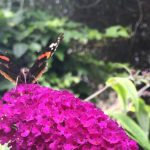
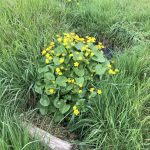
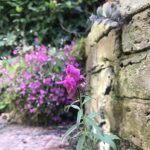
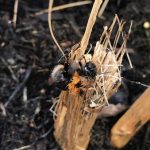
I’ve managed to miss this debate, which is a relief, as it sounds a bit like the “natives only” thing that raises its head every now and then. And the similarly irksome planting only plants with nectar rich flowers, as if that’s the only wildlife value. Anyway, I think sometimes we forget that anything other than ancient woodland is a managed system, as you allude to in your post. So really, anything goes, depending on the rules of the particular construct you’ve decided to play within. Clearly including cosmos and eschscholzia in a native wildflowers mix would be daft, unless you were in California or Mexico. But there’s no reason other than personal preference why they shouldn’t be in a meadow mix. I was at Hever Castle on Monday to look at their flower meadows and did find I wasn’t too keen on those two being in the mix, but it was just a difficulty I was having beaten the blurring of the lines between garden and landscape. Both are managed constructs, but the degree of intervention varies. And that’s where the spraying comes in, not something I’d countenance, though Hever are also trialling a felt mat that goes down in a no dig kind of way, and requires no weedkiller. Let’s see how these areas evolve over the next few seasons.
Yes that’s a good point about managed systems. And interesting about Hever, I’ve yet to visit but it’s high on my list. I’ve seen the mixes as a small part of many larger gardens and never thought they were a problem because those places had many more acres of native meadow. It seems to be all about the understanding of plants and how they grow, something most professional gardeners will know intimately.
Is such a tricky issue isn’t it? Research shows that many non-natives are good for wildlife as well as natives, so planting a mixture in gardens and parks should be seen as a good thing – there’s room for a huge diversity of plants.
The advantage of native plants (as was emphasised on a course I went on yesterday on Biodiversity Surveying in Gardens) is that many insects in their larval stages have evolved to rely on single species due to their ability to process the toxins in these plants, so we need to provide habitats with native species to support all stages of invertebrate life.
I suppose my problem with verges – and I did see pictorial mixes on verges in Coventry last year and many other images recently of other verges around the UK – is when councils present them as native wildflower habitats and then don’t create native habitats elsewhere. I think there is definitely a place for this type of ornamental (and pollinator-friendly) planting, but I don’t think it should be in our wild spaces – these should be left for plants that are locally present and better suited to our wildlife. Wouldn’t it be wonderful if parks and gardens around the UK embraced both ornamental and wildflower mixes, and councils let verges and other wilds areas self seed? An all-round win for people and wildlife.
Yes that really would be wonderful, thank you Nic this is lovely and you and Andrew have helped me relax a little about it all. It is a tricky issue.
The course you went on sounds fab, a colleague of mine knows more about insects than me and tells me about the connections which are fascinating. Something to explore in future years.
Ultimately I think you’re completely right that with the correct balance, we can have everything and placing these mixes in wilder areas is a small step too far. It’s hard to say without seeing the context of the site and knowing who is looking after them.
Perhaps I can still have a wild life garden with an accompanying exotic one after all. I mean, something is definitely eating most of them 😄
Room for both a lot of dodgy advice given by so called experts on wild flower gardens the average gardener buys a packet of wild flower seeds sows them in an out of the way garden under trees or shade in over fertile soil nothing grows except bind weed etc.
It ain’t that easy to create a wild flower garden
Great stuff, thanks mate. I’m in London at present, highlights have been seeing that massive old grape vine in Hampton Court Gardens – I got in on a 25 person after hours tour with Her Majesties head gardener via National Garden Scheme – and while the grounds are wonderful, that ancient old vine is like remarkable. Have you seen it? It’s under glass.